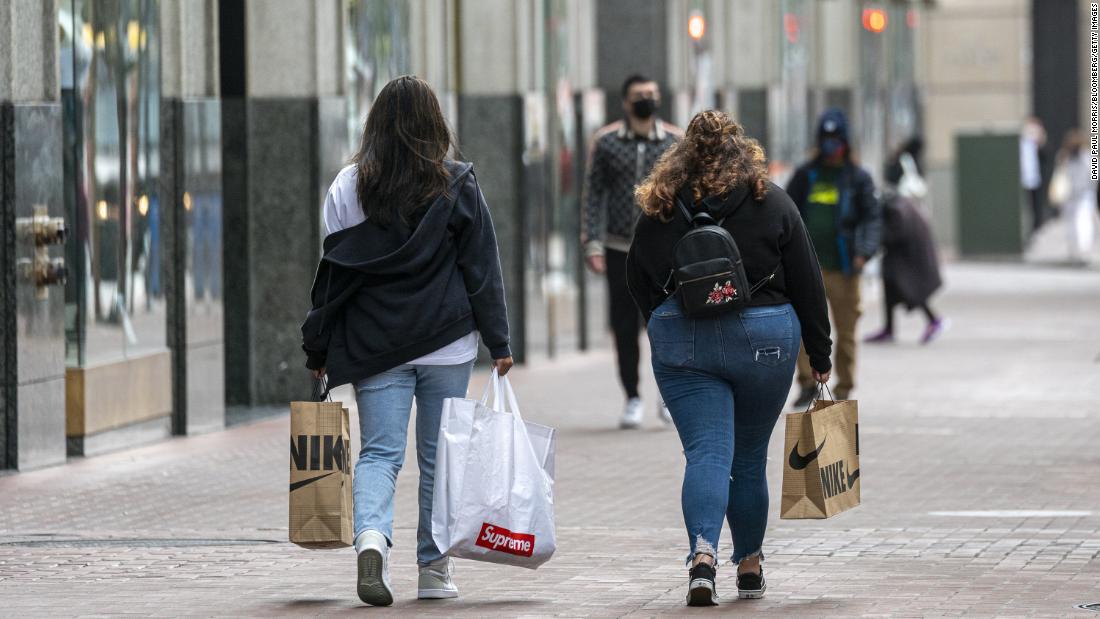A key measure of inflation surged to a new 30-year high
Stripping out food and energy prices, which tend to be volatile, the inflation measure stood at 3.6%, where it has been since June. It remains the fastest rate of so-called core inflation since March 1991 and well above the Federal Reserve’s target of 2%.
Looking at the monthly rate of price increases, things were steady between July and August, and the pace was slower than earlier in the year.
Pay raises and price hikes
Although prices rose sharply, American incomes increased at only a modest pace, up 0.2% or $35.5 billion from the pior month in August. Disposable income was up by even less — just 0.1% or $18.8 billion.
These increases were partly due to higher wages as companies are trying to attract and retain workers while a shortage of labor is weighing on many businesses. In government benefits, the advance Child Tax Credit payments under the American Rescue Plan helped add to incomes. Friday’s report does not yet reflect the end to the enhanced pandemic unemployment benefits, which rolled off at the start of September.
These pandemic-era benefits were always designed to expire after building a bridge for American families between the hardship of Covid and a strong recovery, a senior administration official told CNN Business.
And yet Americans kept going out to spend their cash. Consumer spending rose 0.8% or $130.5 billion between July and August, split pretty evenly between good and services.
“Households still have plenty left in the tank given rising employment and wages, soaring net worth (as home prices reach for the sky), and massive excess savings,” said BMO Senior Economist Sal Guatieri in a note to clients. “However, rising prices are eating into spending power,” he added.
That said, the rate of savings has soared during the pandemic. In August, it stood at 9.4%.
Given the ongoing threat of new Covid-19 infections through the Delta variant and the colder months with fewer outdoor activities looming, people’s services spending could get curtailed.
But for now consumers are feeling okay.
Richard Curtin, the chief economist behind the survey, called it “depressed optimism,” adding that Americans have begun to postpone purchases due to high prices.
“Even if transient, higher inflation has already decreased living standards,” he said.
![]()


